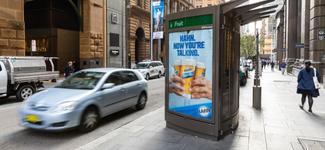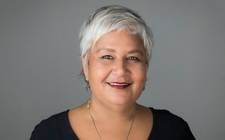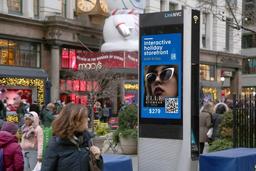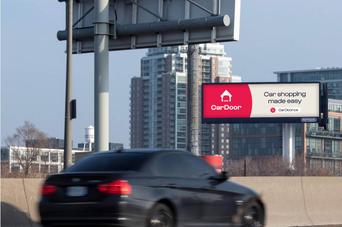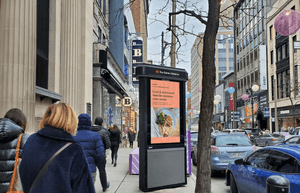The Outdoor Media Association has represented Australia’s out-of-home industry and its members since 1939, guiding it during a time of impressive growth during the post-war period and on through the recent challenges brought on by the COVID-19 pandemic.
In recent years, the association has helped drive the adoption of audience measurement data and technology, helping OOH adapt to the changing times and remain both relevant and incredibly effective.
That adaptability is also proving critical in promoting the ongoing adoption of programmatic transactions, which has transformed OOH into a dynamic advertising medium with the flexibility, accessibility, and targeting of online ads.
To get the OMA’s perspective on recent trends, we talked to the organization’s CEO, Charmaine Moldrich, to discuss the pandemic’s effect, the continued investment in the advancement of the medium, the progress of programmatic and the latest on audience measurement with MOVE 2.0 in Australia.
On OOH rebounding after the pandemic
The OOH industry has felt the impact of the pandemic, resulting in a 39.4 per cent decrease in net media revenue in 2020. How fast do you anticipate revenue to recover, and what will it take for the industry to bounce back?
The great news is that the OOH industry in Australia is on the road to recovery, and we are seeing revenue bounce back in line with rising audience volumes.
Australia has moved into positive economic growth faster than expected and OOH’s rapid recovery is proof of that trend. Our most recent quarter one results show that revenue was down just over 24 per cent year-on-year, which compared to the 65 per cent decrease seen in quarter two 2020 is a significant rebound.
While there is still a way to go, we are invigorated by new ideas and a new business plan which will serve as our roadmap for navigating out of this slump faster.
Discussing the power of the DOOH medium
In Australia, Digital OOH (DOOH) continues to play a key role in the growth of OOH overall. Why has DOOH been so powerful and how do you see it grow in the future?
OMA members have invested hundreds of millions of dollars to build a dynamic digital network that offers advertisers scale, impact, context, and immediacy.
In 2014, a little over 17 per cent of OOH revenue was attributed to digital signs. Six years on in 2020, that figure has more than tripled to 56 per cent.
OOH continues to grow because its creative canvas is now scalable, adaptable, and nimble. This gives advertisers the opportunity to amplify their messages by being in the right location at the right time.
In the future, I see DOOH being used in more data-driven, insightful, and creative ways, as the way brands engage with their audiences becomes more integrated and seamless.
The progress of programmatic DOOH
Programmatic DOOH has been rolled out around the world, adding a new dimension to the advertising medium. In your view, how does programmatic fit into the DOOH offering?
Many advertisers are already using DOOH in clever ways to deliver timely and contextually relevant messages to their customers.
The promise of programmatic is that it can extend this value by streamlining the planning, buying, and selling process by having everything in one automated platform. Targeting capabilities can also be enhanced, as granular audiences, locations and moments can be bought with the click of a finger.
We are only just seeing the tip of the iceberg of what programmatic can do in the OOH space, and as more and more OMA members develop their programmatic offerings, we will see the impact of these capabilities play out.
Audience measurement and MOVE 2.0
Audience measurement is always a hot topic in OOH. You recently announced a new audience measurement system with MOVE 2.0. Tell us how it works, how it compares to other systems around the world and who will benefit from it?
Our digital signs have reached critical mass—with more than half of OOH revenue coming from digital signs in 2020—making it imperative for the OMA to invest further in the solid foundation that is MOVE and make it fit for the digital age.
The industry is currently upgrading the MOVE system to measure the impact of digital signs as well as all OOH formats across the nation including regional signs, and it will also have the capability to report seasonal and monthly audience variations. The new system is being developed by Ipsos and the test-and-learn stage is underway.
Just as MOVE was a world-class OOH audience measurement system when it was launched, the upgraded system will too be developed with the same rigour. By incorporating the best thinking from around the world, the upgraded system will be built in accordance with international best practice, with the best elements cherry picked from outstanding systems elsewhere in the world.
The biggest winners out of the upgrade to the industry’s audience measurement currency will be advertisers and agencies who will benefit from having all OOH formats measured in one place, in addition to gaining a greater understanding of the impact and effectiveness of their OOH campaigns.
Get more insights from the world of OOH
